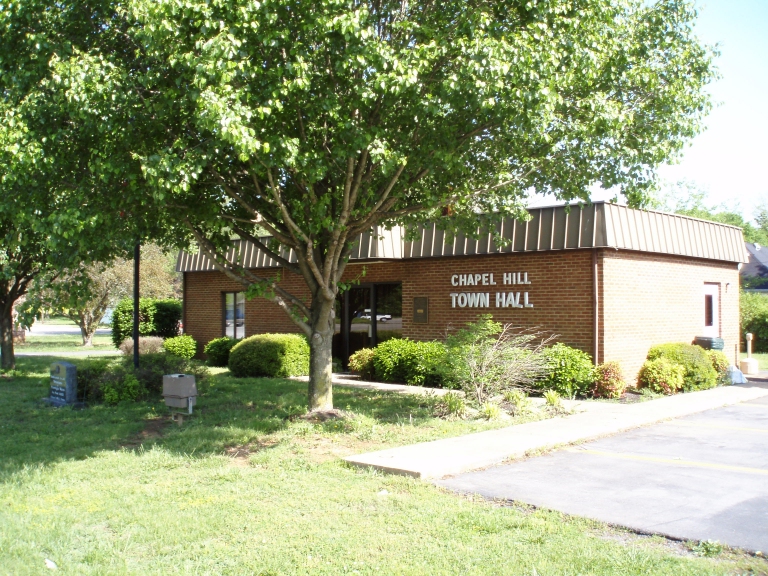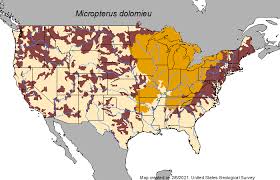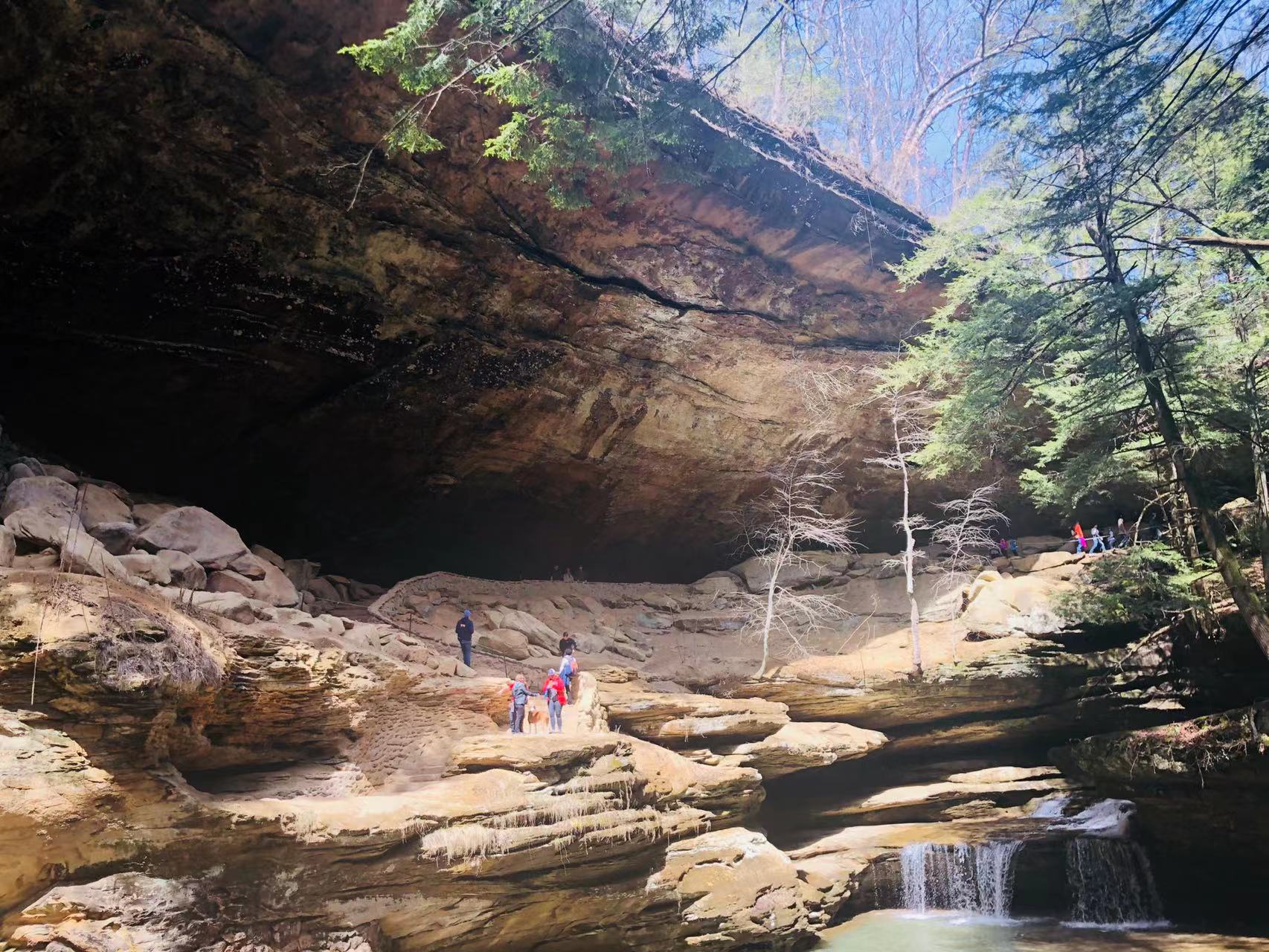|
Henry Horton State Park
Henry Horton State Park is a state park located near Chapel Hill, Tennessee. It was constructed in the 1960s on the estate of the former Governor of Tennessee Henry Horton. The park offers various outdoor recreational activities. History Henry Horton State Park was officially dedicated to Tennessee's 42nd Governor, Buford Ellington, on Labor Day in 1962. The park is located on the Duck River, and includes an area of approximately 1000 acres, previously owned by the park's namesake, Henry Horton, who was the 36th Governor of Tennessee. The park is managed and maintained by the Tennessee Department of Environment and Conservation. Facilities Lodging *Horton Park Inn - 65 rooms and 4 suites *Cabins - 8 total cabins within walking distance to Inn *Campgrounds - 75 campsites, some located near the Duck River Meeting/Conference * Recreation Building - of meeting space is located in a separate building near the inn, capable of holding up to 300 people. There are additional meetin ... [...More Info...] [...Related Items...] OR: [Wikipedia] [Google] [Baidu] |
Chapel Hill, Tennessee
Chapel Hill is a town in northeastern Marshall County, Tennessee, Marshall County, Tennessee, United States. The town was named after Chapel Hill, North Carolina, by settlers from that area. The population was 1,717 as of the 2020 census. Geography Chapel Hill is located at (35.628154, -86.696203). According to the United States Census Bureau, the town has a total area of , all of it land. Communities *Caney Spring, Tennessee, Caney Spring *Holts Corner, Tennessee, Holts Corner *Clay Hill - Rich Creek, Tennessee, Clay Hill - Rich Creek *Laws Hill, Tennessee, Laws Hill *Farmington, Tennessee, Farmington *Verona, Tennessee, Verona Nearby cities and towns *College Grove, Tennessee, College Grove *Columbia, Tennessee, Columbia *Cornersville, Tennessee, Cornersville *Eagleville, Tennessee, Eagleville *Franklin, Tennessee, Franklin *Lewisburg, Tennessee, Lewisburg *Murfreesboro, Tennessee, Murfreesboro *Nashville, Tennessee, Nashville *Nolensville, Tennessee, Nolensville *Shelbyville ... [...More Info...] [...Related Items...] OR: [Wikipedia] [Google] [Baidu] |
Cedar Glades
A calcareous glade is a type of ecological community (ecology), community that is found in the central Eastern United States. Calcareous glade (geography), glades occur where bedrock such as limestone occurs near or at the surface, and have very shallow and little soil development. Due to the shallow soil and the extreme conditions created by it, trees are often unable to grow in the glades. This creates a habitat that is usually sunny, dry, and hot. Calcareous glade vegetation is more similar to that of a desert habitat than a grassland, being dominated by small spring annuals with occasional geophyte, geophytic or succulent perennial plant, perennials. The usage of the words "glades" and "barrens" to describe dry, rocky communities in the United States is not uniform, and the terms are often used interchangeably. Calcareous glade communities can intergrade with dry rocky prairies, particularly in sloping habitats. Due to their unsuitability for agriculture, glade communities hav ... [...More Info...] [...Related Items...] OR: [Wikipedia] [Google] [Baidu] |
Oak–hickory Forest
Oak–hickory forest is a type of North American forest ecosystem, and an ecoregion of the Temperate broadleaf and mixed forests Biome. Geography It has a range extending from Rhode Island and southern New York, west to Iowa, and south to Northern Georgia. Smaller, isolated oak–hickory communities can also be found as far west as North Dakota, south in Florida and in northeast Texas, and north to southern Maine and Ontario. They can also be found in Pennsylvania west to Illinois. Dominated by nut-bearing oak and hickory species of trees, the oak–hickory forest has the largest range of any deciduous forest ecosystem in eastern and central North America. Natural history The current oak–hickory forest includes the former range of the oak–chestnut forest region, which encompassed the northeast portion of the current oak–hickory range. When the American chestnut population succumbed to invasive fungal blight in the early 20th century, those forests shifted to an oak and hicko ... [...More Info...] [...Related Items...] OR: [Wikipedia] [Google] [Baidu] |
Catfish
Catfish (or catfishes; order (biology), order Siluriformes or Nematognathi) are a diverse group of ray-finned fish. Catfish are common name, named for their prominent barbel (anatomy), barbels, which resemble a cat's whiskers, though not all catfish have prominent barbels or "whiskers", with some seemingly not having them. Siluriformes as a whole are Fish scale, scale-less, with neither the Armoured catfish, armour-plated nor the naked species having scales. This order of fish are Autapomorphy, defined by features of the skull and swimbladder. Catfish range in size and behavior from the three List of largest fish, largest species alive, the Mekong giant catfish from Southeast Asia, the wels catfish of Eurasia, and the piraíba of South America, to detritivorous and scavenging bottom feeders, down to tiny ectoparasitic species known as the Candiru (fish), candirus. In the Southern United States, catfish species may be known by a variety of slang names, such as "mud cat", " ... [...More Info...] [...Related Items...] OR: [Wikipedia] [Google] [Baidu] |
Redeye Tetra
The redeye tetra (''Bario sanctaefilomenae''), is a species of tetra from the São Francisco, upper Paraná, Paraguay and Uruguay river basins in eastern and central South America. This freshwater fish is commonly kept in aquariums and bred in large numbers at commercial facilities in Eastern Europe and Asia. The redeye tetra is one of the more popular aquarium fish due to their schooling capability. It can grow up to in length, and live for approximately 5 years. The red-eye tetra has a bright silver body accented by a white-edged black basal half of the tail and a thin red circle around its eye. It is part of a group that consists of three similar species, the two others being '' B. forestii'' (upper Paraguay and upper Paraná basins) and '' B. oligolepis'' (Amazon and Paraguay basins, and the Guianas). Yellow-banded tetra is another common name for ''B. sanctaefilomenae''. The fish has a yellow band on its caudal peduncle, which differentiates it from the glass tetra. In ... [...More Info...] [...Related Items...] OR: [Wikipedia] [Google] [Baidu] |
Smallmouth Bass
The smallmouth bass (''Micropterus dolomieu'') is a species of freshwater fish in the Centrarchidae, sunfish family (biology), family (Centrarchidae) of the order (biology), order Centrarchiformes. It is the type species of its genus ''Micropterus'' (black basses), and is a popular game fish sought by anglers throughout the temperate zones of North America, and has been spread by fish stocking, stocking —as well as illegal introduced species, introductions—to many cool-water tributaries and lakes in Canada and more so introduced in the United States. The maximum recorded size is approximately and . The smallmouth bass is native to the upper and middle Mississippi River basin, the Saint Lawrence River–Great Lakes system, the Champlain Valley, and the Hudson Bay basin. Its common names include smallmouth, bronzeback, brown bass, brownie, smallie, bronze bass, and bareback bass. Description Smallmouth have a slender but muscular fusiform body shape making them powerful ... [...More Info...] [...Related Items...] OR: [Wikipedia] [Google] [Baidu] |
Largemouth Bass
The largemouth bass (''Micropterus nigricans'') is a carnivorous, freshwater fish, freshwater, ray-finned fish in the Centrarchidae (sunfish) family, native to the eastern United States, eastern and central United States, southeastern Canada and northern Mexico. It is known by a variety of regional names, such as the widemouth bass, ''bigmouth bass'', ''black bass'', ''largie'', Potter's fish, Florida bass or ''Florida largemouth'', ''green bass'', bucketmouth bass, ''green trout'', growler, Gilsdorf bass, Oswego bass, LMB, and southern largemouth and northern largemouth. The largemouth bass, as it is known today, was first described by French naturalist Georges Cuvier in 1828. A recent study concluded that the correct scientific name for the Florida bass is ''Micropterus salmoides'', while the largemouth bass is ''Micropterus nigricans''. It is the largest species of the black bass, with a maximum recorded length of and an unofficial weight of . The largemouth bass is the Lis ... [...More Info...] [...Related Items...] OR: [Wikipedia] [Google] [Baidu] |
Concession Stand
A concession stand, or refreshment stand (American English, Canadian English), snack kiosk or snack bar (British English, Irish English) is a place where patrons can purchase snacks or food at a cinema, amusement park, zoo, aquarium, circus, fair, stadium, beach, swimming pool, concert, sporting event, or other entertainment venue. Some events or venues contract the right to sell food to third parties. Those contracts are often referred to as a concession, hence the name for a stand where food is sold. Usually prices for goods at concession stands are greater than elsewhere for the convenience of being close to an attraction and thus often contribute significant revenue to the venue operator (especially in the case of movie theaters). Additionally, outside food and drink is often prohibited to incentivise spending at the concession stands. History Concession stands were not originally operated by the movie theaters, and food was often sold by people attending the film or by ... [...More Info...] [...Related Items...] OR: [Wikipedia] [Google] [Baidu] |
Olympic-size Swimming Pool
An Olympic-size swimming pool is a swimming pool which conforms to the regulations for length, breadth, and depth made by World Aquatics (formerly FINA) for swimming at the Summer Olympics and the swimming events at the World Aquatics Championships. Different size regulations apply for other pool-based events, such as diving, synchronized swimming, and water polo. Less onerous breadth and depth regulations exist for lesser swimming competitions, but any "long course" event requires a course length of , as distinct from " short course" which applies to competitions in pools that are in length (or in the United States). If touch pads are used in competition, then the distance is relative to the touch pads at either end of the course, so that the pool itself is generally oversized to allow for the width of the pads. An Olympic-size swimming pool is used as a colloquial unit of volume, to make approximate comparisons to similarly sized objects or volumes. It is not a specific d ... [...More Info...] [...Related Items...] OR: [Wikipedia] [Google] [Baidu] |
Public Bathing
Public baths originated when most people in population centers did not have access to private bathing facilities. Though termed "public", they have often been restricted according to gender, religious affiliation, personal membership, and other criteria. In addition to their hygienic function, public baths have also been social meeting places. They have included saunas, massages, and other relaxation therapies, as are found in contemporary day spas. As the percentage of dwellings containing private bathrooms has increased in some societies, the need for public baths has diminished, and they are now almost exclusively used recreationally. History Indus Valley Civilization Some of the earliest public baths are found in the ruins in of the Indus Valley civilization. According to John Keay, the "Great Bath, Mohenjo-daro, Great Bath" of Mohenjo-daro, Mohenjo Daro in present-day Pakistan was the size of 'a modest municipal swimming pool', complete with stairs leading down to th ... [...More Info...] [...Related Items...] OR: [Wikipedia] [Google] [Baidu] |
State Park
State parks are parks or other protected areas managed at the sub-national level within those nations which use "Federated state, state" as a political subdivision. State parks are typically established by a state to preserve a location on account of its natural beauty, historic interest, or recreational potential. There are state parks under the administration of the government of each U.S. state, some of the political divisions of Mexico#States, Mexican states, and in Brazil. The term is also used in the Australian states of template:state parks of Victoria, Victoria and state parks of New South Wales, New South Wales. The equivalent term used in Canada, Argentina, South Africa, and Belgium, is provincial park. Similar systems of local government maintained parks exist in other countries, but the terminology varies. State parks are thus similar to national parks, but under state rather than federal administration. Similarly, local government entities below state level may maint ... [...More Info...] [...Related Items...] OR: [Wikipedia] [Google] [Baidu] |





